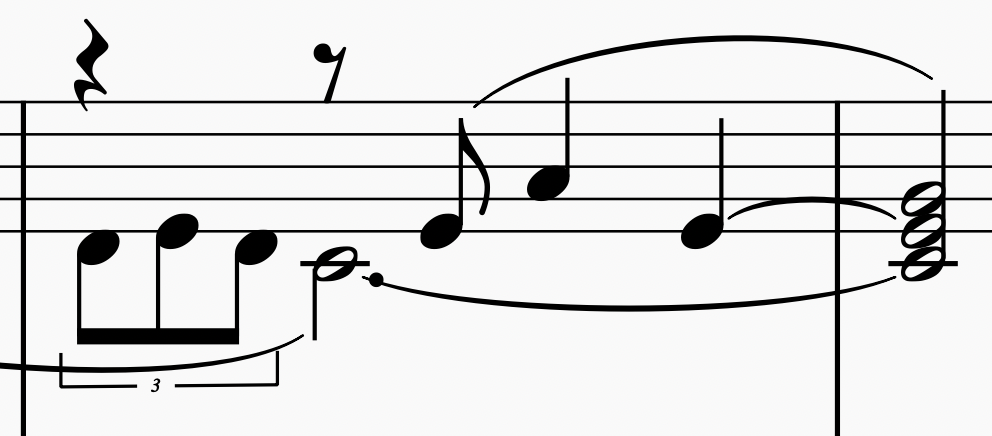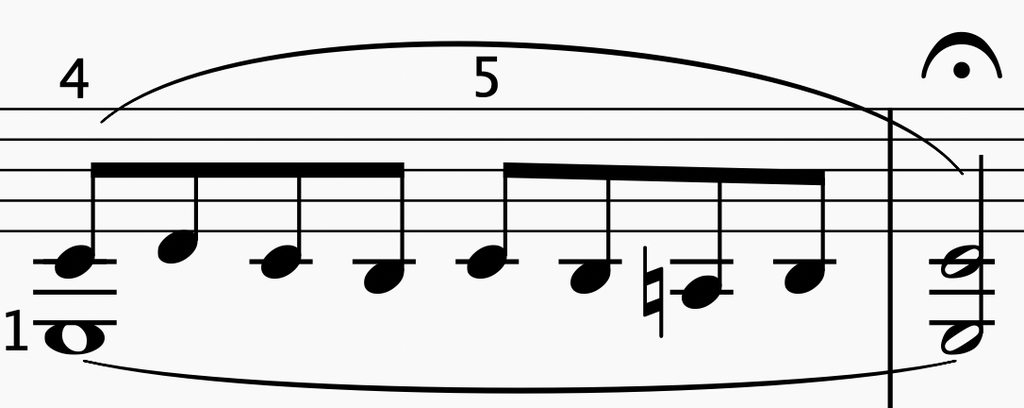Bart, allow me to confess. I thought the answer to my picture would be that it was a slur, for the three reasons I mentioned. Then my plan was to show the true score, which looks like this.

Yes, also E is tied.
Once again, this was not to mess with you guys, just to get clarity about ties and slurs.
I now think it is as simple as this:
Surs connect different notes and ties connect the same notes - except when there are different notes between those two identical notes in the same voice. In that case it is a slur.
So, in the example below:

the top line is a slur, because there are other notes in the same voice between the two identical notes, and the bottom line is a tie, because there are no notes in the same voice between the two identical notes.
Please correct me if I am wrong!